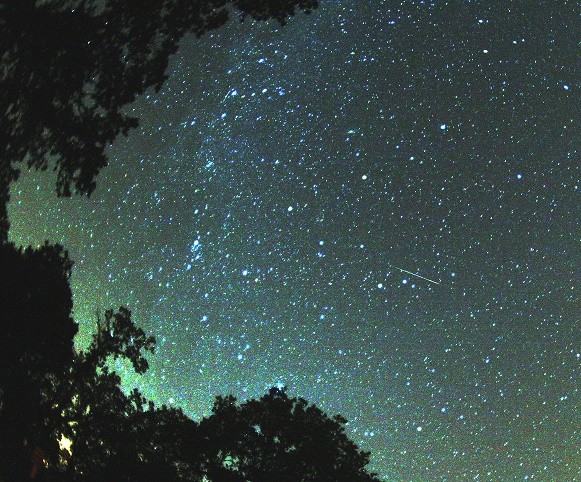For amateur astronomers and anyone else who enjoys peering up into the night sky, the month of August will bring a dazzling display of Perseid shooting stars as the Delta Aquarid meteor showers fade away making this duet an incredible show lasting a fortnight.
Many believe that the Perseid meteor shower is one of the most brilliant displays every year where these annual events can lead to spotting to more than 100 shooting stars under an hour. This phenomenon usually begins at the first week of August where the shower peaks between August 12 and 13.
Meteor showers however, are one of the most challenging astronomical events to predict, They are usually caused by a trail of debris from a passing comet when the Earth passes through its orbit around the sun. The tiny bits of debris ranging from the size of an apple seed to a golf ball will now enter the Earth's atmosphere at great velocities where they burn up in the mesosphere some 50 to 60 miles above the planet's surface.
According to the Armagh Observatory, the perseid parent body completes its return inside the solar system every 130 years where it was first discovered in 1862 and detected again in its last orbit around the sun in 1992. The comet is expected to return in 2126 where the comet may have performed hundreds of revolutions around our sun.
In recorded history, human civilizations spanning 200 years have observed the Perseids which is also one of the most predictable shooting star displays yet could also yield on occasion a disappointing night sky show.
In order to best view the Perseid meteor shower, this can simply be done even without the aid of visual equipment since binoculars and telescopes are often unreliable to capture these meteor sightings due to their short and often unpredictable nature. The best spot to watch them is away from light pollution, far from city lights.
The best views can be observed within a low horizon free from any obstructions from east towards the south. The shooting stars will be illuminating the eastern region of the horizon around 10 P.M. local time that can be seen higher in the sky towards the south during late night. Before sunrise, the meteors can be observed near the southern region of the sky.



























